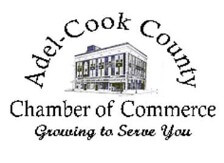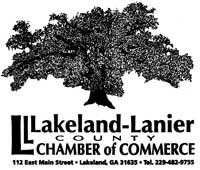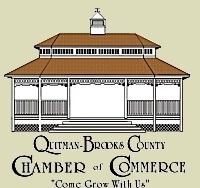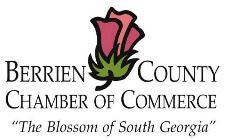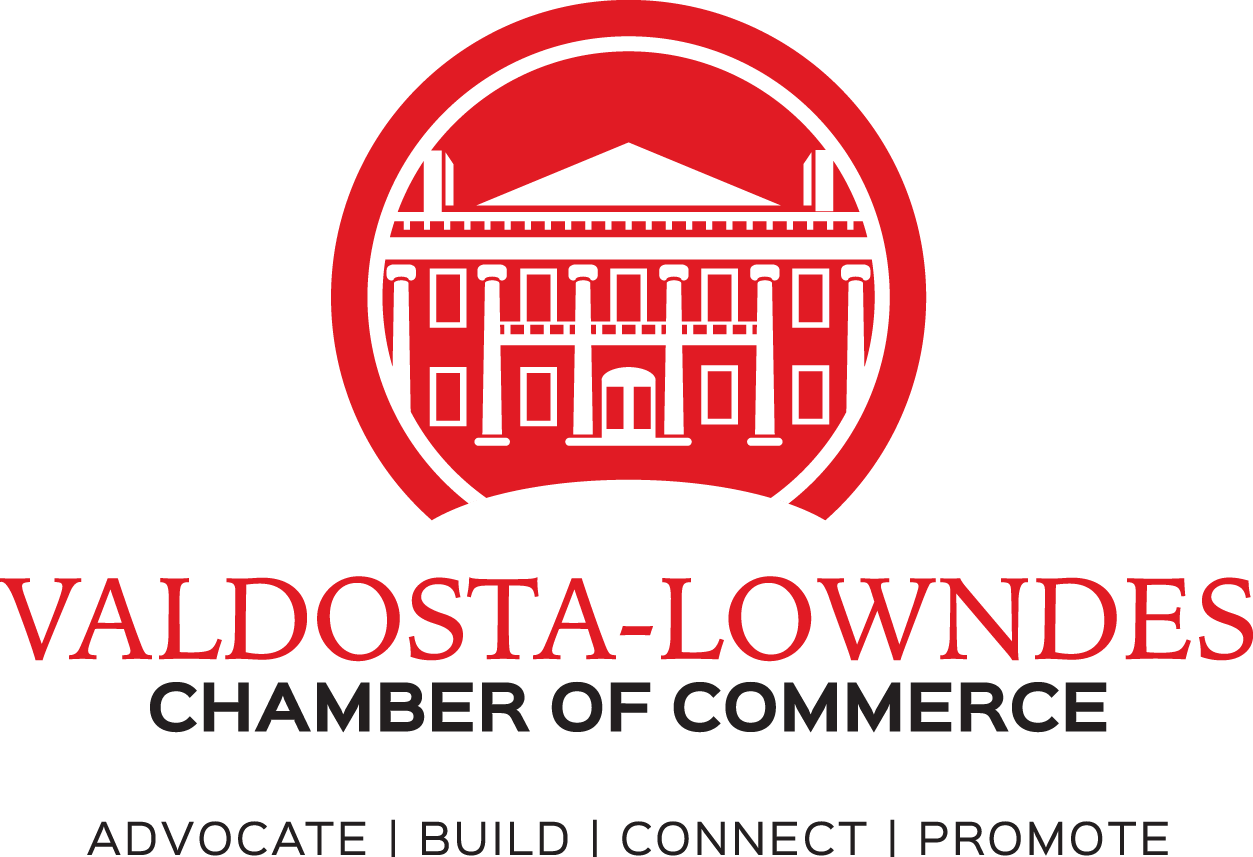
Helpful Links
BUILDING A BUSINESS PLAN
Business plans have two basic functions:
- They are essential for obtaining a loan from a bank or an investment.
- Business plans are also your first dry run at starting up a business before you put substantial money into it.
Business Plan Workbook
At the heart of all business plans are at least five common sections that address the core questions that face all new start-ups. We recommend proceeding through these sections in order, making sure that you can complete each step before proceeding to the next. For example, if the market feasibility proves to be negative, then there is no need to proceed to developing financials.
The core sections (and the core business questions being answered) are:
I. Description of the business and industry
- What is it you propose to do?
- Is it completely new or is it an organized industry?
II. Market Feasibility Analysis
- How many people want this? (Request a demographic or consumer spending report)
- How many people are providing it? (Request a competitor report)
- Is the market growing or shrinking?
- Why would customers pick my business over everyone else?
III. Financials (Contact the SBDC for assistance)
- What are my fixed and variable expenses?
- How much do I have to make to break even?
- Can I make a profit?
IV. Marketing Plan
- What is the profile of my customers?
- Where are they?
- Where do they congregate?
- What is the most cost effective way of reaching them?
- What is their motivation and how do I work that into my message?
V. Documentation of Experience
- What experience does the management team have in the industry? In business?
- In the specialized areas of sales, accounting, strategy, operations, organization building?
See a Sample Business Plan
BUSINESS PLAN OUTLINE
I. Cover Sheet
II. Statement of Purpose
III. Table of Contents
IV. The Business
B. Marketing
C. Competition
D. Operating procedures-Schedule a professional consultation
E. Personnel-Schedule a professional consultation
F. Business insurance
V. Financial Data (Contact the SBDC)
B. Capital equipment and supply list
C. Balance sheet
D. Breakeven analysis
E. Pro-forma income projections (profit & loss statements)
2. Detail by month, first year
3. Detail by quarters, second and third years
4. Assumptions upon which projections were based
VI. Supporting Documents
B. Personal financial statement (all financial institutions have these forms)
C. For franchised businesses, a copy of franchise contract and all supporting documents provided by the franchisor
D. Copy of proposed lease or purchase agreement for building space
E. Copy of licenses and other legal documents
F. Copy of resumes of all principals
G. Copies of letters of intent from suppliers, etc.
Adapted from www.sba.gov
PLANT YOUR MESSAGE WITH AN EFFECTIVE MARKETING STRATEGY
Getting the message out about your business is very important. However, planting the right message in your customers’ minds is vital. Whether your marketing budget is $5 or $5,000, this page is designed to help you think through and develop an effective marketing strategy for your business.
COMPETITOR INFORMATION
Who are your competitors?
All businesses face competition. Even if you’re the only restaurant in town, you must compete with cinemas, bars, and other businesses where your customers will spend their money instead of with you. With increased use of the Internet to buy goods and services, and to find places to go, you are no longer just competing with your immediate neighbors.
Your competitor could be a new business offering a substitute or similar product that makes your own redundant.
Competition is not just another business that might take money away from you. It can be another product or service that’s being developed, which you ought to be selling or looking to license before somebody else takes it up.
And don’t just research what’s already out there. You need to be constantly on the lookout for possible new competition.
CUSTOM DEMOGRAPHIC INFORMATION
The SEEDS Business Resource Center subscribes to a comprehensive database that provides customized demographic research. Your organization will have access to timely, accurate, and comprehensive market and business intelligence which will allow you to make rapid, accurate business decisions with greater confidence to reach higher levels of business success.
The SEEDS Center can create reports with complete access to current and past U.S. Census data, including data collected from the 1990, 2000, and 2010 US Census. We are able to create unlimited custom reports using thousands of variables and benefit from many advanced features such as:
* Unlimited access to demographic maps and reports for all U.S. geographies and addresses
* Perform quick and accurate market and site location analysis
* Analyze geographies based on custom radii, drive times, counties, census tracts, block groups, cities, CBSAs, ZIPs or create your own custom geographies
* Be able to choose from over 40 time-saving, easy-to-use, and pre-formatted summary, comparison, and rank reports
These services are absolutely FREE. Contact us to get your custom reports started today at 229.247.8100.
Click on the text below to view the 2010 United States Census demographic reports:
TARGETED SALES LEADS
When you are ready to make sales calls or try out a new marketing strategy, you need information fast! The Chamber subscribes to infofree.com. Infofree.com is a leading provider of end-to-end marketing solutions for small and medium-sized businesses.
No more wasting hours trying to find the right people to call or buying leads that get stale before you have the chance to use them. Give us a call and we will create you a list.
Example: You are looking for the Human Resource Manager of mid-sized companies in the Midwest, to brand new businesses that have opened up in your area, or if you want to call on people reaching retirement age and homeowners who have lived in their home more than 7 years.
Whatever business or person you need to target – you can find them at the SEEDS Center
On infofree.com:
15 Million Businesses
250 Million Consumers









